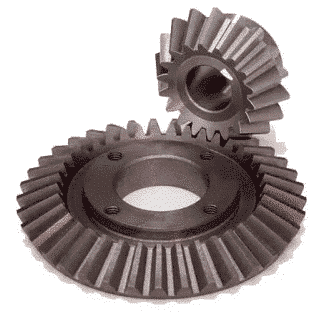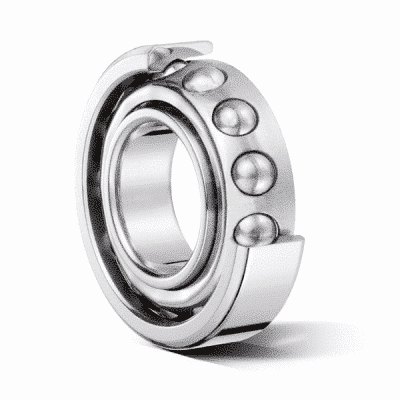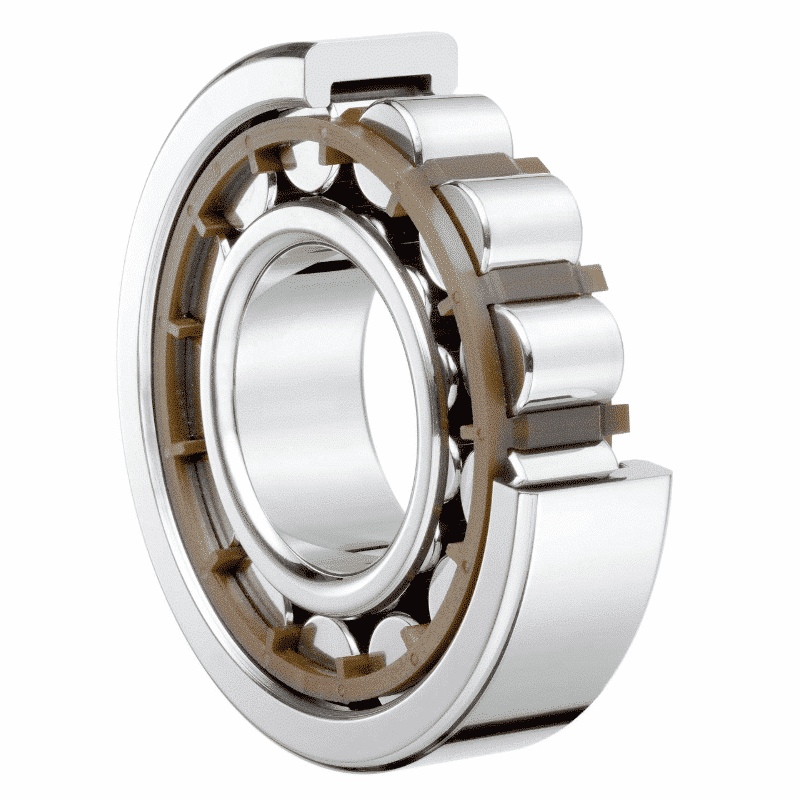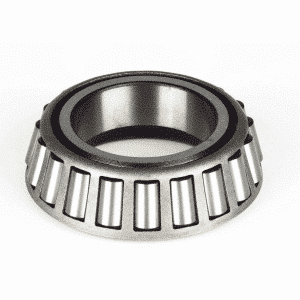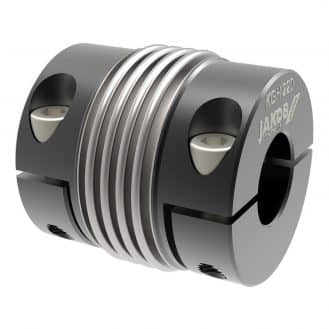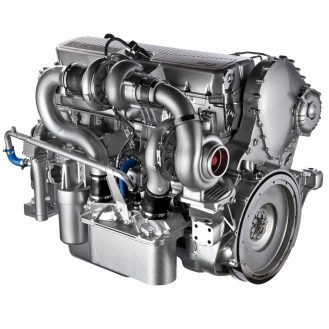When choosing a bearing, you must consider several important factors. The first factor to consider is the load that the bearing can support.
There are two types of loads:
– axial load: parallel to the axis of rotation
– radial load: perpendicular to the axis
Each type of bearing is specifically designed to support an axial or radial load. Some bearings can support both loads: in this case we refer to a combined load. If you have to support a combined load, for example, we recommend that you choose a tapered roller bearing. If you need a bearing capable of withstanding a high radial load, then we recommend a cylindrical roller bearing. On the other hand, if your bearing needs to support lighter loads a ball bearing might be sufficient as they are often less expensive.
Rotation speed is another element that should be considered. Some bearings can withstand high speeds. The presence of a cage for cylindrical roller bearings and needle bearings allows for greater speeds than bearings without a cage. However, the choice of a higher speed is sometimes made at the expense of the load. You should also consider the possible presence of misalignment; some bearings are not suitable for this situation, such as double row ball bearings.
You will therefore need to pay attention to the bearing construction: insert and spherical bearings make it easy to support these misalignments. We suggest that you lean towards bearings with automatic alignment which automatically correct alignment defects caused by shaft bending or installation errors. Similarly, operating conditions are very important when choosing the ideal bearing. It is thus necessary to analyze the environment you will be using the bearing in. Your bearing may be subject to a number of contaminations. Some uses can lead to noise disturbance, impact and/or vibration.
Your bearing must therefore withstand this impact on the one hand and not be an inconvenience on the other. Another essential element to consider is the bearing life. Several factors, such as speed or repeated use, can impact the bearing life.
Choosing a sealing system is essential in order to ensure the correct and long-lasting operation of a bearing; it is therefore important to ensure that the bearing is always well-protected from any impurities and external agents, such as dust, water, corrosive fluids or even used lubricants. This choice depends on the type of lubricant, the ambient conditions (and therefore the type of contamination), the fluid pressure and the rotation speed. To give you a good place to start, the fluid pressure is a determining factor in the choice of sealing system. If the pressure is high (in the range of 2-3 bars for example) a mechanical seal is ideal. Otherwise, the choice will be directly linked to the type of lubricant, grease or oil. For example, for grease lubrication the most commonly used solutions are: deflectors or washers, narrow passages that are machined or with grooves; in the case of oil lubrication the sealing system is often accompanied by the presence of a groove for oil recovery.
Conditions of use can also influence your choice, especially when it comes to assembling the bearing. The rigidity and precision that your use requires must also be taken into account. In some cases, you can provide for the application of a preload in the assembly of your bearing to increase its rigidity. Additionally, the preload will have a positive impact on the bearing life and noise level of your system.
Be careful, in order to choose the preload (radial or axial) you must know the rigidity of all parts through software or experimentation. In your selection criteria, you must also consider the ideal material for your bearing. Bearings can be made out of metal, plastic or ceramic. The bearing material depends on its intended use. We recommend that you choose the most compression-resistant bearing. Keep in mind however that the material used affects the price of the bearing.
